As the demand for infrared imaging develops in defense, industrial, and smart applications, the difficulty of maintaining steady imaging performance over temperature ranges becomes increasingly important.
This Avantier case study describes how chalcogenide glass, an intriguing infrared optical material, was used to create an athermalized infrared lens for a long-wave infrared (LWIR) thermal camera.
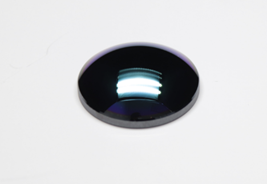
A Chalcogenide lens. Image Credit: Avantier Inc.
The Challenge of Designing an Athermal Infrared Lens
Traditional infrared lenses use crystal materials such as germanium or zinc selenide. While effective, they are expensive, difficult to machine, and susceptible to performance fluctuations caused by temperature changes.
Maintaining image clarity across vast temperature ranges is critical for next-generation thermal cameras, particularly those used outdoors or in harsh situations. This necessitates an athermalization design strategy.
Why Chalcogenide Glass?
Chalcogenide glass has strong transmission in the 8-12 µm range, minimal thermal expansion (~10-20×10?6/°C), and is ideal for precision glass molding.
Unlike crystals, it enables cost-effective bulk production and flexible processing. Its low dn/dT ratio makes it perfect for optical passive athermalization, which reduces focus shifts caused by temperature swings.
Optical Design Highlights
- Application: LWIR camera lens
- Wavelength: 8–12 µm
- Effective Focal Length: 20 mm
- F/#: 1.0
- Sensor: 1024×768 @ 12 µm pitch
- Design: 5-lens system with 1 aspheric surface, all using chalcogenide glass
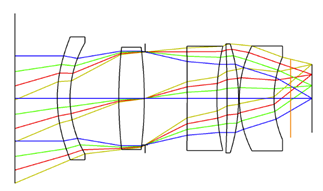
Image Credit: Avantier Inc.
The lens provided stable imaging performance from -30 °C to 60 °C. Simulated MTF showed negligible loss, achieving >30% contrast at 40 lp/mm, even when temperature varied. This demonstrates that the system achieves high-resolution imaging requirements without requiring active temperature compensation.
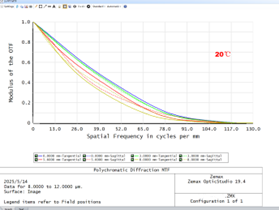
Simulated MTF at 20 ?. Image Credit: Avantier Inc.
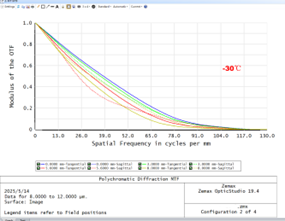
Simulated MTF at -30 ?. Image Credit: Avantier Inc.
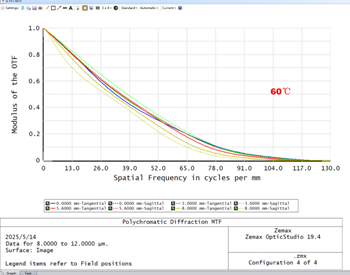
Simulated MTF at 60 ?. Image Credit: Avantier Inc.
Extended Use: Infrared Windows.
Infrared windows made from chalcogenide glass were used to shield the optics while maintaining transmission. A diamond-like carbon (DLC) hard coating was added to improve durability, increasing chemical resistance and longevity in severe settings.
Results
- Cost-effective molded chalcogenide glass solution
- Stable optical performance across temperature ranges
- Flexible production: suitable for prototype and volume manufacturing
- Durable infrared windows for tough deployment
Concluding Athermal Infrared Lens Design
This project emphasizes the benefits of chalcogenide glass as a next-generation infrared optical material. With outstanding thermal stability, moldability, and LWIR performance, it enables compact, dependable, and scalable solutions in current thermal camera systems and infrared lens assemblies.

This information has been sourced, reviewed, and adapted from materials provided by Avantier Inc.
For more information on this source, please visit Avantier Inc.